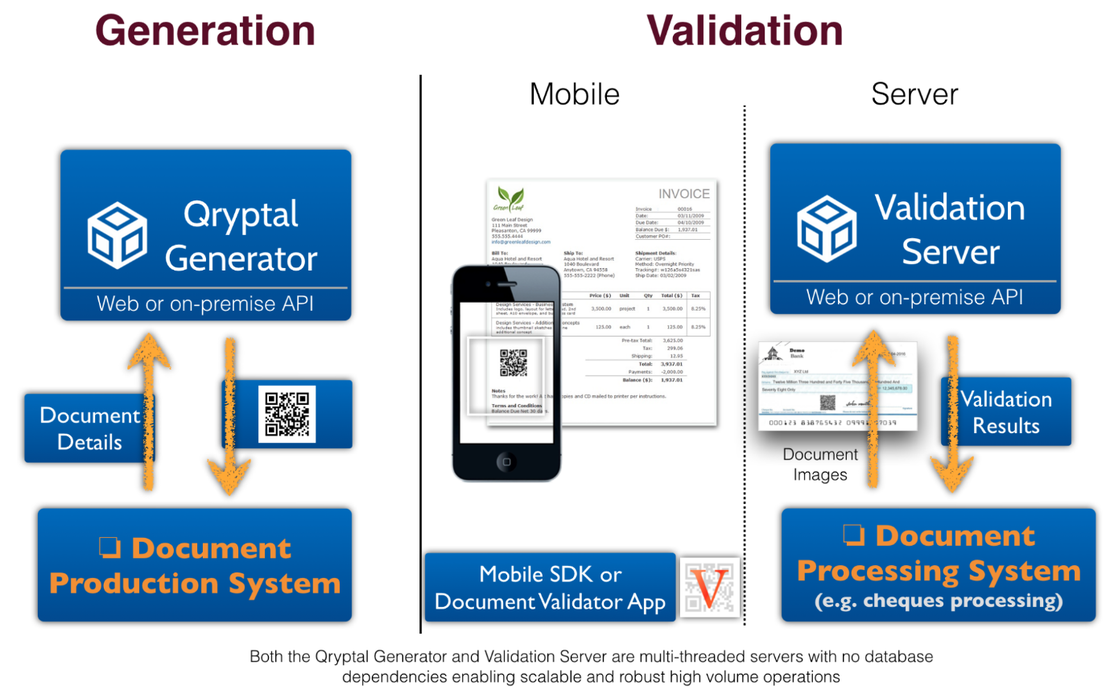Why did national carriers of some countries get blacklisted during COVID-19?
- Rajesh Soundararajan
- Sep 29, 2020
- 4 min read

How do you issue tamper-proof travel passes and health certificates?
Why did national carriers of some countries get blacklisted during COVID-19?
When Air India’s flights get banned by two countries back to back in less than a month, it is no more a coincidence. The cause was obvious.

Saudi Arabia recently banned all flights from and to India for 14 days and South Korea imposed restrictions on specific categories of Indian visa-holders travelling on chartered flights due to the rise in the number of COVID-19 cases here.
Earlier Hong Kong had banned Air India flights till the end of August after some passengers on one of its flights tested positive for COVID-19 post-arrival, a senior government official said on Wednesday.
Besides India, a pre-flight COVID-19 negative test result certificate is mandatory for all passengers coming from Bangladesh, Indonesia, Kazakhstan, Nepal, Pakistan, the Philippines, South Africa and the United States, according to the Hong Kong government’s rules.
Incidents such as these occur with unfailing regularity, and it puts the burden of verification on the already stretched authorities. And such incidents (of providing false documents) not only are criminal acts of forgery, but they also have health implications and cause significant impact on the lives of people even beyond those who are wilfully doing this.
Travel passes or permits have become a norm with the sealing of borders for interstate or intrastate travel, domestic or international. They are an integral part of what is often required, in times of pandemics, curfew or otherwise. Such requirements may remain so for some time to come.
Such a use case of wide distribution without standardisation and security opens up possibilities for fraud of these passes/ documents that would defeat the very purpose of having strict control on the usage. Travel passes and health certificates/test reports, unlike other documents, have a limited shelf life and yet when tampered, they can have a huge impact even if done on a small scale. These documents & passes may be issued in one location. Still, they may need to be verified and checked by a completely different entity at a place which may not come under the same administrative network. Hence, we need a method for easy and decentralised verification.
How do you issue tamper-proof travel passes and immunity certificates, test reports that can be verified at any of the checking points? The solution is simple. A Secure QR code can help to create a tamper proof document which can be easily verified
The authorities issue travel passes or health certificates to bona fide travellers or users just as before but with an embedded secure QR code that stores the details on the ‘pass’ itself. This pass can be in an electronic or a physical format. These are issued centrally by the authorised agency (police or any such authority) These secure codes are digitally signed by the private key of the issuing authority to make sure that they can only be generated by authorised entities and are tamper-proof. No one else can then create or modify them on behalf of the issuer. The QR code on the pass or document is scanned by an App which carries the corresponding public key to validate the information and present it to the verifier. What it essentially means is that the authorities can look at options which are secure, quick & easily to execute, and affordable. Secure QR code fits the bill. Other distinctly complex solutions like holograms or special kinds of watermarks would not work or would be challenging to keep track of and verify. Even alternatives like RFID, hyperledger or blockchain become far too complicated to set up, operate and execute in a short period.
You may also like



